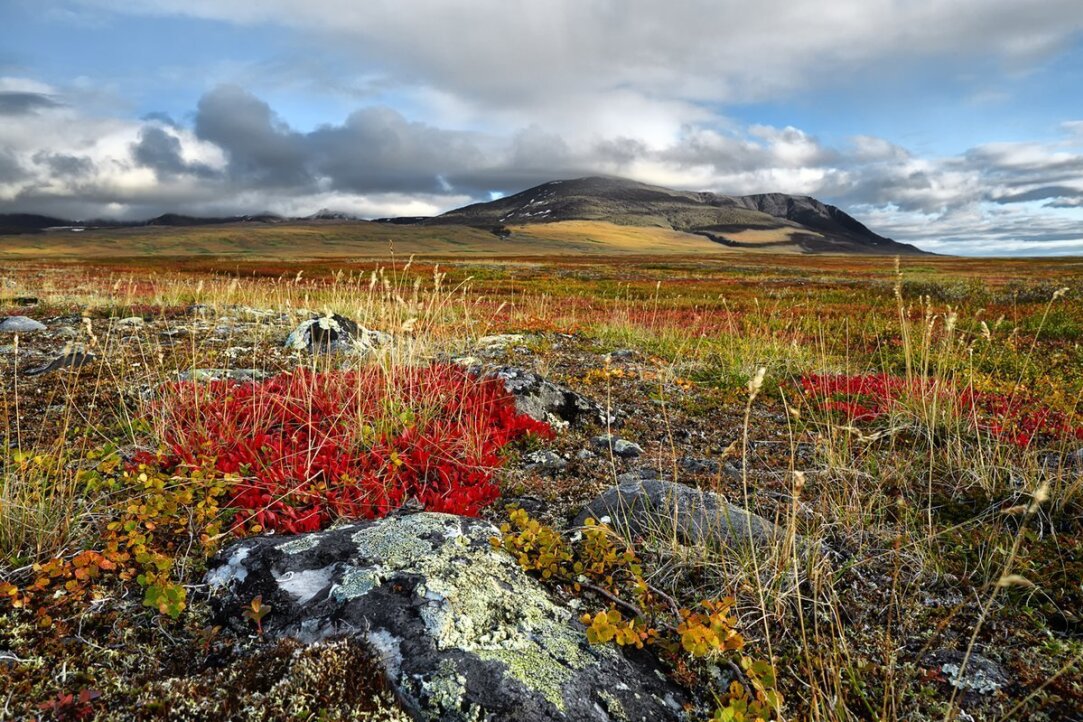The Laboratory's Spring Seminar Series with the Participation of Its Scientific Supervisor Fyodor Tatarinov Has Been Completed
The final workshop "What defines the High-Low Arctic tundra boundary, where it is and how to map it?" was held on 5 June 2024.

Geobotanical zoning, the delineation of vegetation zones and subzones, is important for ecological and climate studies, facilitating the understanding of natural patterns and processes at different spatial scales, and enabling the comparison of ecosystems, the study of their dynamics and the assessment of their responses to environmental changes. Existing models of geobotanical zoning in the Arctic vary considerably, leading to difficulties in comparing scientific results. Previous zoning schemes rely on four main criteria to delineate the study boundary: the distribution of key species, the northern limit of shrubs and bushes taller than 15 cm, the northern limit of Betula nana-dominated communities on watershed surfaces, and the +6°C July isotherm. All these criteria can be mapped with high accuracy using modern data and methods.
In the report of Ksenia Alekseevna Ermokhina, Candidate of Geological Sciences, Senior Researcher of the Laboratory of Biogeocenology named after V.N. Sukachev. V.N. Sukachev Laboratory of IPEE RAS, a new boundary between subarctic and arctic tundra in the tundra zone of Western Siberia was proposed based on the analysis of actual field data, species distribution modelling (SDM), processing of radar, thermal and optical satellite sensing data and analysis of climatic data. The developed zoning algorithm, based on a set of analytical methods, takes into account ongoing climate changes and anthropogenic impacts. It represents a significant improvement over previous, more empirical than analytical approaches, allowing the detailed geobotanical boundary under consideration to be drawn for the entire Northern Hemisphere. Given the irrelevance of the temperature criterion, previously widely used in this study, it is proposed to use three biotic criteria shown to be relevant. It is shown that the boundary between subarctic and arctic tundra is about 60 km wide and is reflected in the distribution of vegetation species diversity by a characteristic peak, as plants and lichens with northern and southern optimum ranges coexist in this transition zone.
